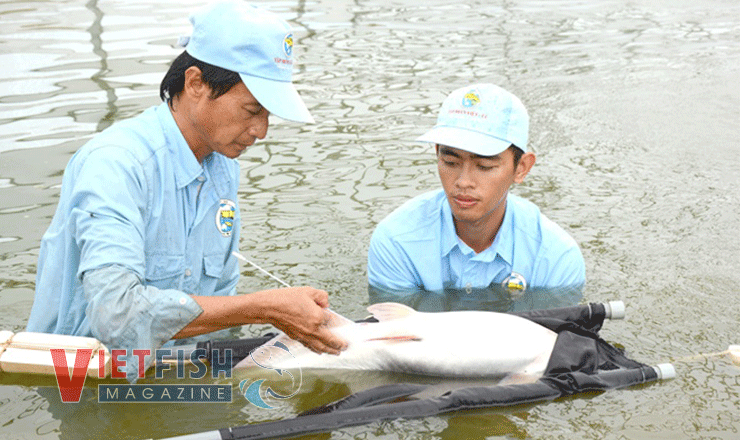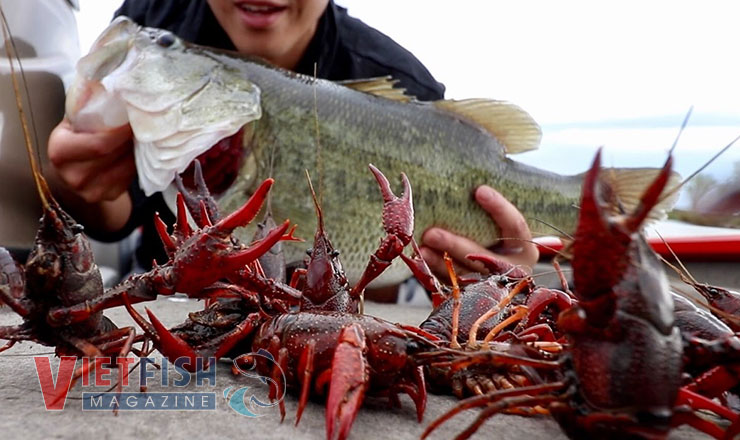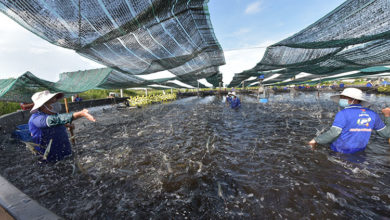On-sand white leg shrimp cultivation to assure food safety
In 2019, the total area of white leg shrimp reached 226ha with an output of 2,097 tons. In spite of an increase in both area and output, shrimp farmers are facing a lot of difficulties and economic efficiency does not commensurate with local potential and strengths.
In spite of an increase in both area and output, shrimp farmers are facing a lot of difficulties and economic efficiency does not commensurate with local potential and strengths. Besides risks in diseases, climate change and an unstable market have resulted in low economic efficiency. Furthermore, farmers are not aware of food safety importance, subdues of antibiotics and toxic chemical substances.
In the face of this situation, in 2020, the Quảng Bình Agriculture and Fisheries Extension Center carried out an on-land white leg shrimp cultivation model on a 1.5ha area with participation of three households, assuring food safety requirements in Hải Ninh commune of Quảng Ninh district.
This model was conducted with an aim to help farmers apply advanced technologies in cultivating white leg shrimp so as to assure food safety requirements, reduce disease outbreaks, connect producers and businesses, improve economic efficiency, enhance product value, and provide livelihoods to local farmers hard hit by the marine environment incident.
This model includes two stages. The first one is a nursery where post larvae are stocked in small nursing ponds for easy monitoring of growth, weather changes, water resources, so that shrimps will weigh up well and healthy, with more vital resistance and higher survival rate. The second is when shrimps reach 30 days old and some are shifted to a grow-out pond and reared until they reach commercial weight.
With this model, rotation will occur faster with two or threw fold increase in output compared to traditional practices. Moreover, during the cultivation, farmers make full records of documents for easy tracebility. The preservation of food and chemical substances, the addition of byproducts, and the legal use of drugs and chemical substances will meet food safety requirements.
After five months of culture, the survival rate reached 72.7%, the average weight reach around 50 count shrimps and productivity is more than 10.3 tons/ha.
Nguyễn Ngọc Thanh, a participant, said that his family spends 0.5ha rearing white leg shrimps for biosafety assurance. He realizes that the two-stage shrimp cultivation model proves a higher survival rate which was once 50% and is now 70%. In the face of Covid-19 pandemic with falling prices, this model still showed a higher economic efficiency than traditional practices.
The proven economic efficiency has been highly evaluated by participants and local farmers who are looking forward to applying this model. Not only does this model pave a new way, but it helps raise awareness of farmers in developing the aquaculture sustainably.
VFM






